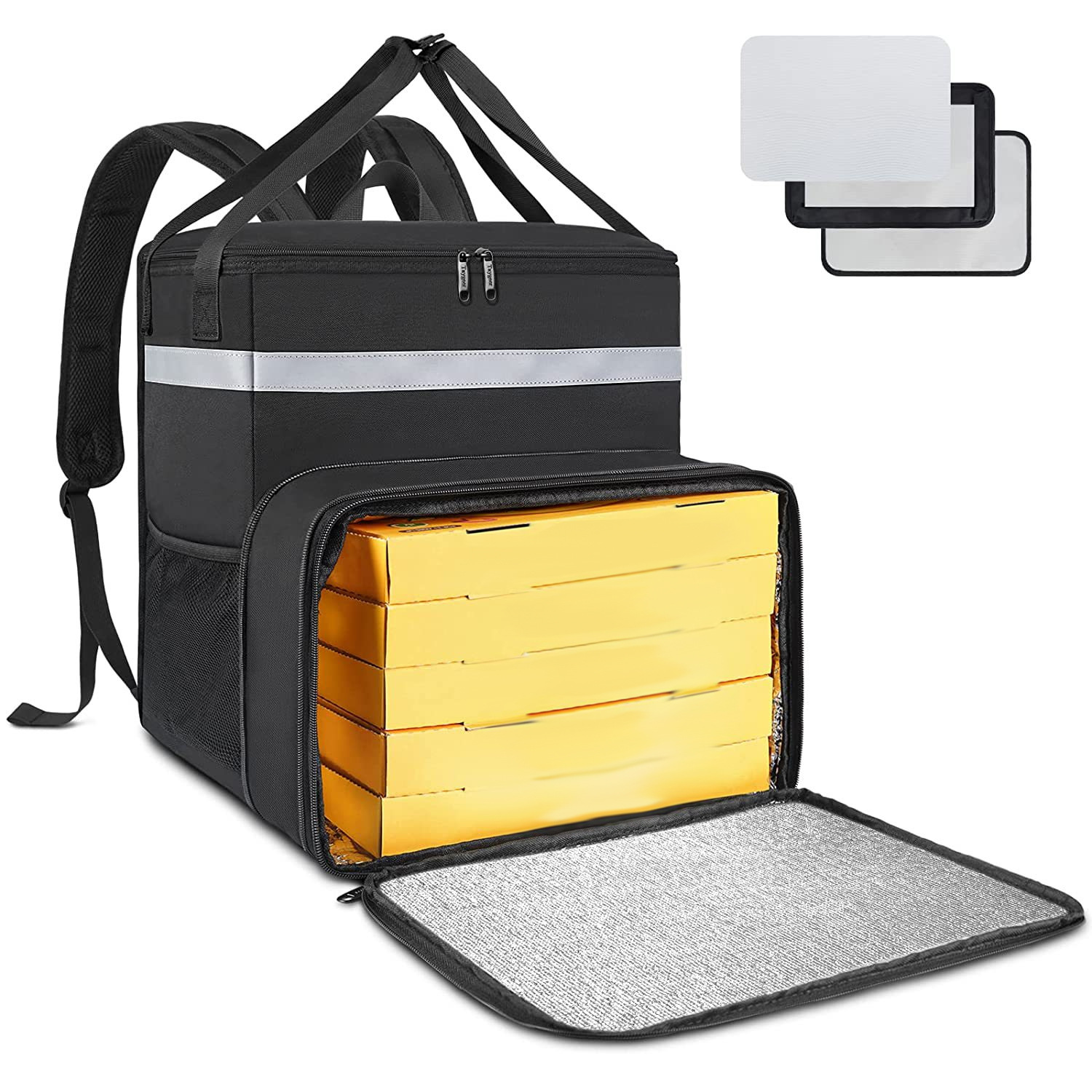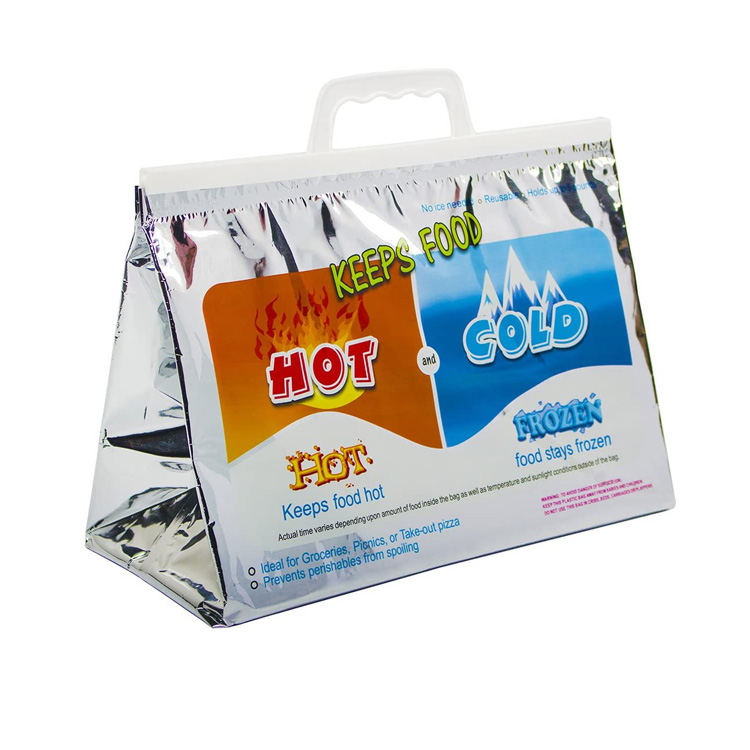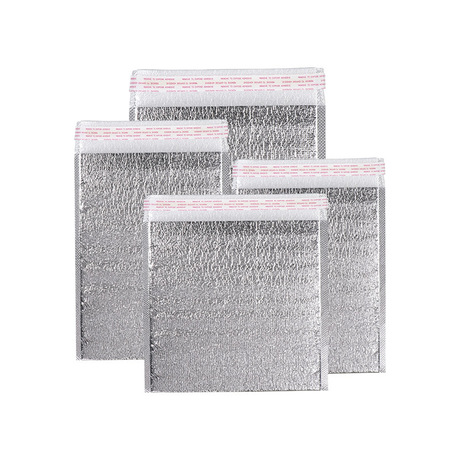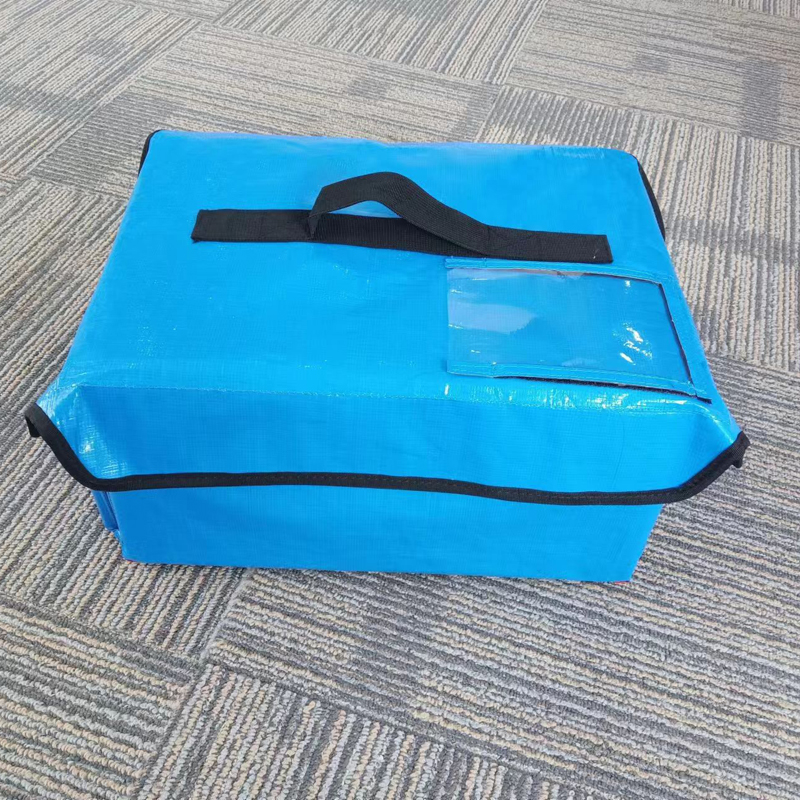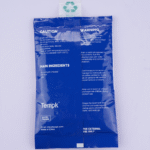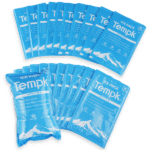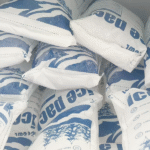Paket es yang dipenuhi air adalah pilihan yang ideal untuk menjaga makanan dan minuman tetap dingin selama berkemah dan piknik. Mereka memberikan yang nyaman, dapat digunakan kembali, dan solusi pendinginan yang efisien. Untuk memaksimalkan efektivitasnya dan memastikan kompres es tetap efektif selama aktivitas luar ruangan Anda, berikut beberapa praktik terbaik untuk membantu Anda memanfaatkan kantong es berisi air semaksimal mungkin:
1. Pra-pembekuan Paket es untuk Efek Pendinginan Optimal
Sebelum keluar, pastikan untuk mengisi kantong es sesuai petunjuk dan pastikan es benar-benar beku. Tempatkan kantong es di dalam freezer setidaknya 6 jam (atau lebih lama, tergantung pada ukuran kantong es) untuk memastikan mereka benar-benar beku. Paket es yang sepenuhnya beku memberikan kinerja pendinginan terbaik dan memastikan makanan dan minuman Anda tetap dingin untuk waktu yang lama selama perjalanan.
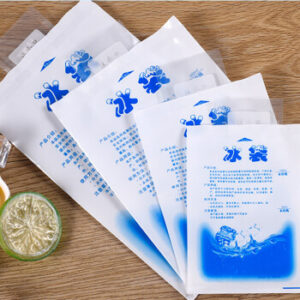
2. Pilih Ukuran dan Jumlah Paket Es yang Tepat
Pilih ukuran dan jumlah kantong es yang sesuai berdasarkan jumlah makanan dan minuman yang Anda perlukan agar tetap dingin. Kompres es yang lebih besar menawarkan durasi pendinginan yang lebih lama, tetapi jika fleksibilitas diperlukan, Anda dapat memilih beberapa bungkus es yang lebih kecil. Untuk pendingin yang lebih besar atau tas berinsulasi, gunakan beberapa kantong es untuk mendistribusikan efek pendinginan secara merata.
3. Tempatkan Kantong Es Secara Strategis
Saat mengemas tas pendingin atau insulasi Anda, letakkan kantong es berisi air di bagian atas dan bawah pendingin untuk menciptakan lingkungan pendinginan yang merata. Ini memastikan makanan dan minuman Anda tetap dingin, terutama barang-barang yang mudah rusak seperti daging, susu, atau minuman, yang harus bersentuhan langsung dengan kantong es.
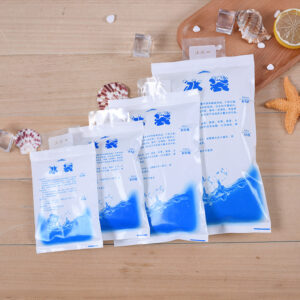
4. Hindari Mengemas Pendingin Secara Berlebihan
Meskipun tergoda untuk membawa sebanyak mungkin, mengemas pendingin secara berlebihan dapat mengurangi efisiensi kantong es. Saat pendingin terlalu penuh, sirkulasi udara dibatasi, dan udara dingin tidak dapat didistribusikan secara merata, menyebabkan kompres es menjadi kurang efektif. Sisakan sedikit ruang untuk memungkinkan udara bersirkulasi, yang membantu kantong es bekerja lebih efisien.
5. Periksa Status Paket Es Secara Teratur
Saat berkemah atau piknik, periksa secara teratur kondisi kantong es Anda. Jika mereka mulai meleleh, pertimbangkan untuk menggantinya dengan kantong es yang sudah dibekukan (jika memungkinkan). Hal ini membantu menjaga suhu makanan dan minuman Anda tetap rendah dan mencegah kantong es kehilangan daya pendinginannya terlalu cepat.
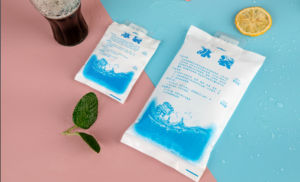
6. Simpan Pendingin di Area Terlindung
Untuk memaksimalkan efek pendinginan kantong es dan mencegahnya mencair terlalu cepat, simpan tas pendingin atau insulasi Anda di tempat yang teduh dan hindari sinar matahari langsung. Anda dapat menutupi pendingin dengan kain berwarna terang atau selimut reflektif untuk mengurangi penyerapan panas. Ini akan membantu kantong es tetap dingin lebih lama.
7. Pastikan Pendingin Tersegel dengan Benar
Pastikan pendingin tertutup rapat untuk mencegah masuknya udara hangat. Jika pendingin tidak tersegel dengan benar, udara bisa masuk, yang mempercepat pencairan bongkahan es. Kantong pendingin atau kantong berinsulasi yang tertutup rapat membantu memperpanjang waktu pendinginan kantong es dan menjaga makanan Anda tetap segar.

8. Kombinasikan dengan Metode Pendinginan Lainnya
Untuk perjalanan yang lebih jauh atau di lingkungan yang panas, Anda dapat menggabungkan kantong es berisi air dengan es batu tradisional atau kantong es gel. Menggabungkan metode pendinginan yang berbeda dapat meningkatkan efisiensi pendinginan secara keseluruhan, terutama saat menyimpan makanan atau minuman dalam jumlah besar.
9. Bungkus Es Bersih dan Kering Setelah Digunakan
Setelah perjalanan, pastikan untuk membersihkan dan mengeringkan kantong es berisi air secara menyeluruh. Ini membantu mencegah pertumbuhan bakteri dan memperpanjang umur kantong es. Sebelum aktivitas luar ruangan Anda berikutnya, simpan kantong es di tempat yang sejuk, tempat kering.
Kesimpulan
Dengan mengikuti praktik terbaik ini, Anda dapat memanfaatkan kantong es berisi air semaksimal mungkin selama perjalanan berkemah dan piknik, memastikan makanan dan minuman Anda tetap dingin untuk waktu yang lama. Persiapan yang tepat, pengepakan yang hati-hati, dan perawatan rutin akan memastikan kompres es tetap efektif selama Anda beraktivitas di luar ruangan. Apakah menyimpan sandwich, minuman, atau makanan ringan keren, penggunaan kompres es yang efisien akan membantu menjaga makanan Anda tetap segar.







